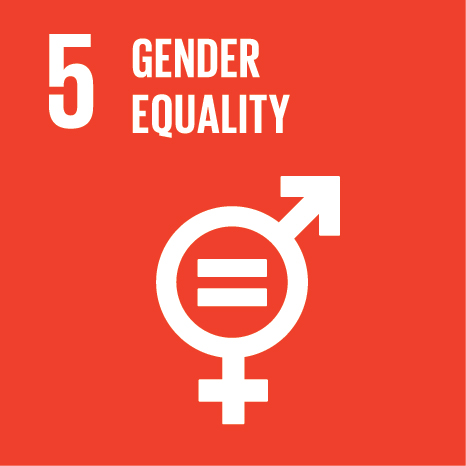Ciência_Iscte
Publications
Publication Detailed Description
Maria Emilia Caria, a colonial urban planner in a territory of hunger and drought (1962-1975)
Journal Title
5º CIHEL - Congresso Internacional da Habitação no Espaço Lusófono
Language
Portuguese
Country
Portugal
More Information
--
Web of Science®
This publication is not indexed in Web of Science®
Scopus
This publication is not indexed in Scopus
Google Scholar
This publication is not indexed in Google Scholar
This publication is not indexed in Overton
Abstract
Starting from a woman architect who worked for the Portuguese colonial ad-ministration between 1962 and the end of the fascist-inspired Estado Novo in Portugal (1974), this presentation faces two challenges: whether female pro-fessionals were able to give a differentiated response to colonised African communities, and how to deal with information exclusively collected in ar-chives and fieldtrips. The central character is Maria Emília Caria, architect at the service of the Ministry of Overseas, whose existence and professional practice is only historically noticeable through archival documentation: records of her time at the Lisbon School of Fine Arts (ESBAL), urban plans developed mainly for Cape Verde and testimonies from male colleagues now missing. No photograph of her has been found so far. Based on her work as an urban planner in the final period of Portuguese colonialism, it is argued here that the use of analytical urbanism crossed with photographic surveys and investiga-tions in the intervention sites allowed Caria to make proposals with great ca-pacity to interpret extremely precarious conditions experienced by Cape Verd-ean populations, then administered by Portugal. Using the urban planning cul-ture of the time that dictated the exhaustive collection of demographic data, ways of life and living conditions, Caria chose peri-urban populations as its focus, not allowing herself to be “infected” by the plastic dazzle that “architec-ture without architects” had about her male colleagues, but facing the social inequalities of these populations affected by the segregation of colonial urban space and economic disastrous conditions like the ones that affected Cape Verde colony. Without exerting excessive "paternalism" on the colonised populations, as was often the view of colonial architects, Caria proposed de-signs that presented a perspective contrary to racial and consequently eco-nomic segregation. Her work valued a region that was on the margins of colo-nial African territories, lacking in construction and materials, and disowned by European immigration, which favoured colonies rich in natural resources. Without omitting her European origin and the colonial environment in which she lived, it is discussed here to what extent her consciousness as a “woman” helped her to build urban solutions beyond the mere reproduction of the west-ernised training of her male partners.
Acknowledgements
--
Keywords
Arquitectura colonial,Estudos de Género,Habitação de promoção pública,Maria Emília Caria,Cabo Verde
Funding Records
| Funding Reference | Funding Entity |
|---|---|
| 10.54499/2022.01720.PTDC | Fundação para a Ciência e Tecnologia |
| 101096606 | European Commission - ERC |
Related Projects
This publication is an output of the following project(s):
Contributions to the Sustainable Development Goals of the United Nations
With the objective to increase the research activity directed towards the achievement of the United Nations 2030 Sustainable Development Goals, the possibility of associating scientific publications with the Sustainable Development Goals is now available in Ciência_Iscte. These are the Sustainable Development Goals identified by the author(s) for this publication. For more detailed information on the Sustainable Development Goals, click here.

 Português
Português



